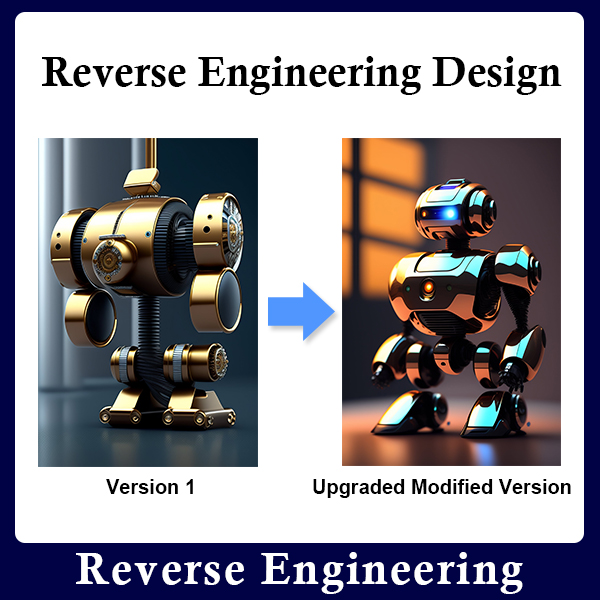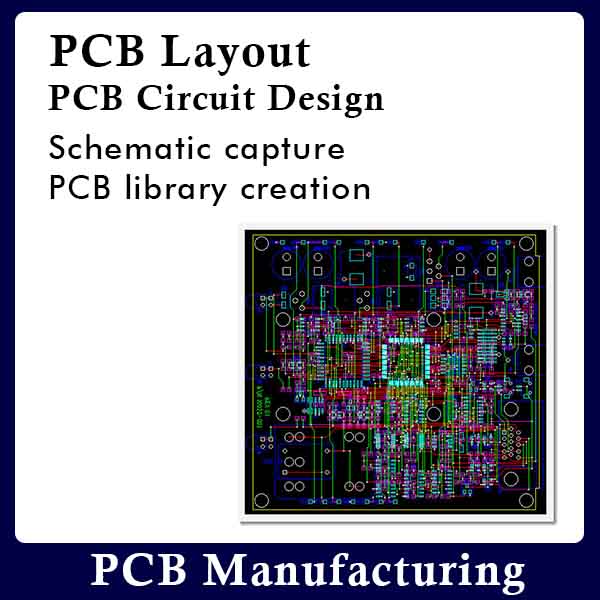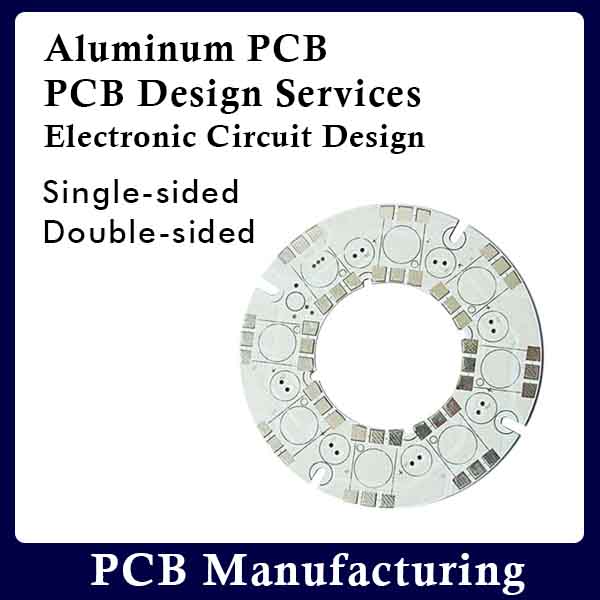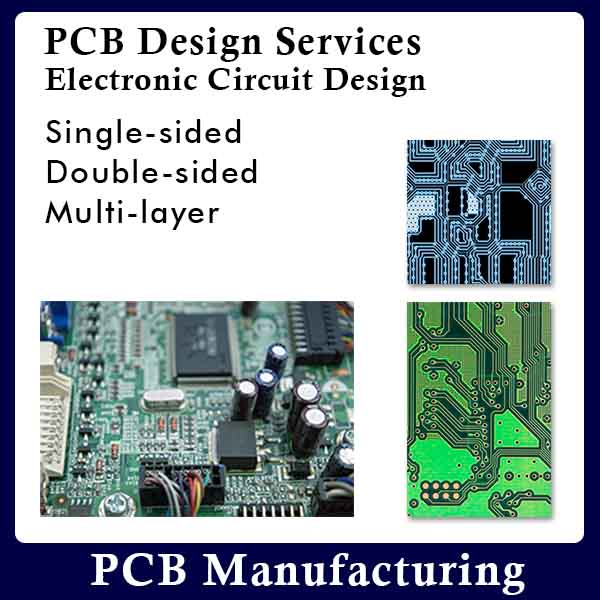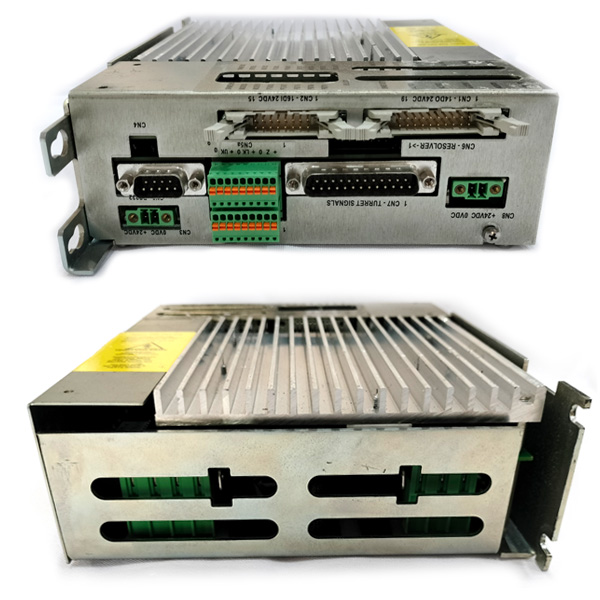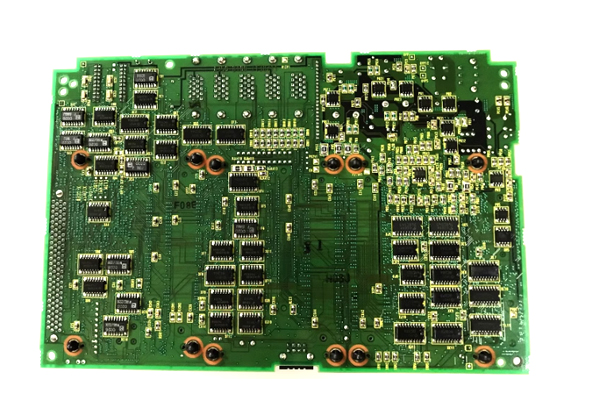Description
Reverse engineering design refers to the process of analyzing and reverse engineering existing products or systems to obtain their design and manufacturing information, and using this information to redesign and manufacture new products or systems.
Reverse engineering design typically involves the following steps:
- Collecting and analyzing information and samples of existing products or systems.
- Using reverse engineering techniques to analyze and test the product or system to understand its internal structure and functionality.
- Redesigning and manufacturing new products or systems to improve the performance and functionality of existing products or systems.
- Testing and evaluating the performance of the new product or system to ensure it meets the requirements and specifications.
- Complying with intellectual property and legal regulations to ensure the legality and compliance of the reverse engineering design.
Reverse engineering is a process used in a variety of fields, including mechanical, electronic, and software. In the field of electronics, reverse engineering involves analyzing and researching circuit boards, chips, and other components to understand their internal structure and functionality, and to modify and improve them using this information.
Applications:
Reverse engineering has a wide range of applications in many fields, such as product design, software development, security research, and more.
The applications of reverse engineering design include:
1.Product design and development
2.Manufacturing process improvement
3.Equipment repair and maintenance
4.Intellectual property protection
5.Innovation and inspiration for new designs
6.Forensic analysis of accidents or failures
7.Security analysis to identify vulnerabilities and improve security.
Manufacturing industry:
●Analyze and replicate existing products.
●Quickly develop new products.
●Improve production efficiency and quality.
Electronics industry:
●Analyze and improve the design of existing circuit boards and chips.
●Identify and repair faults.

